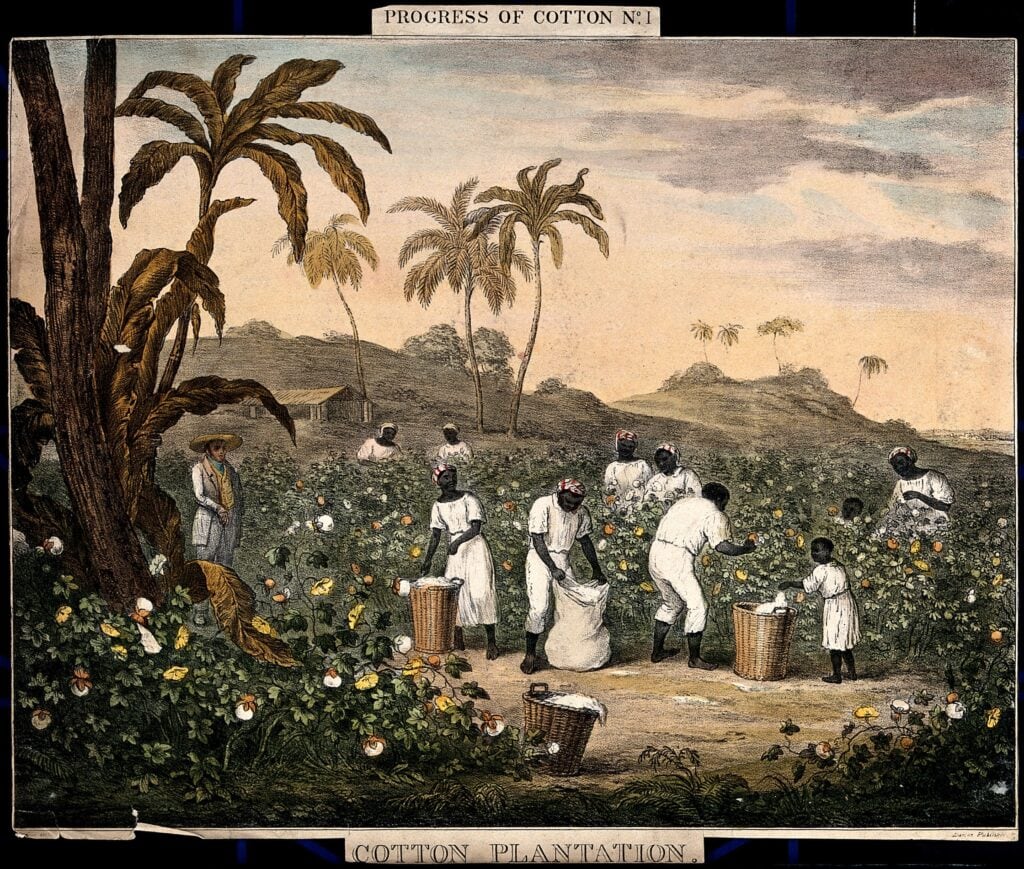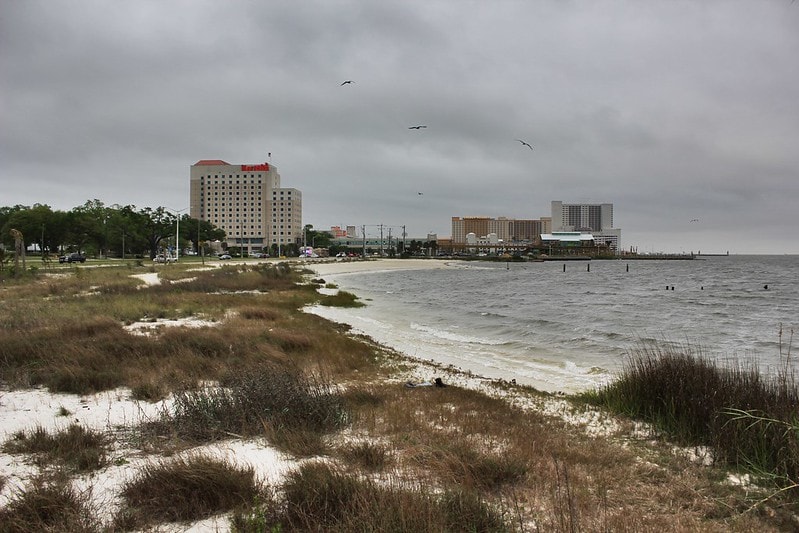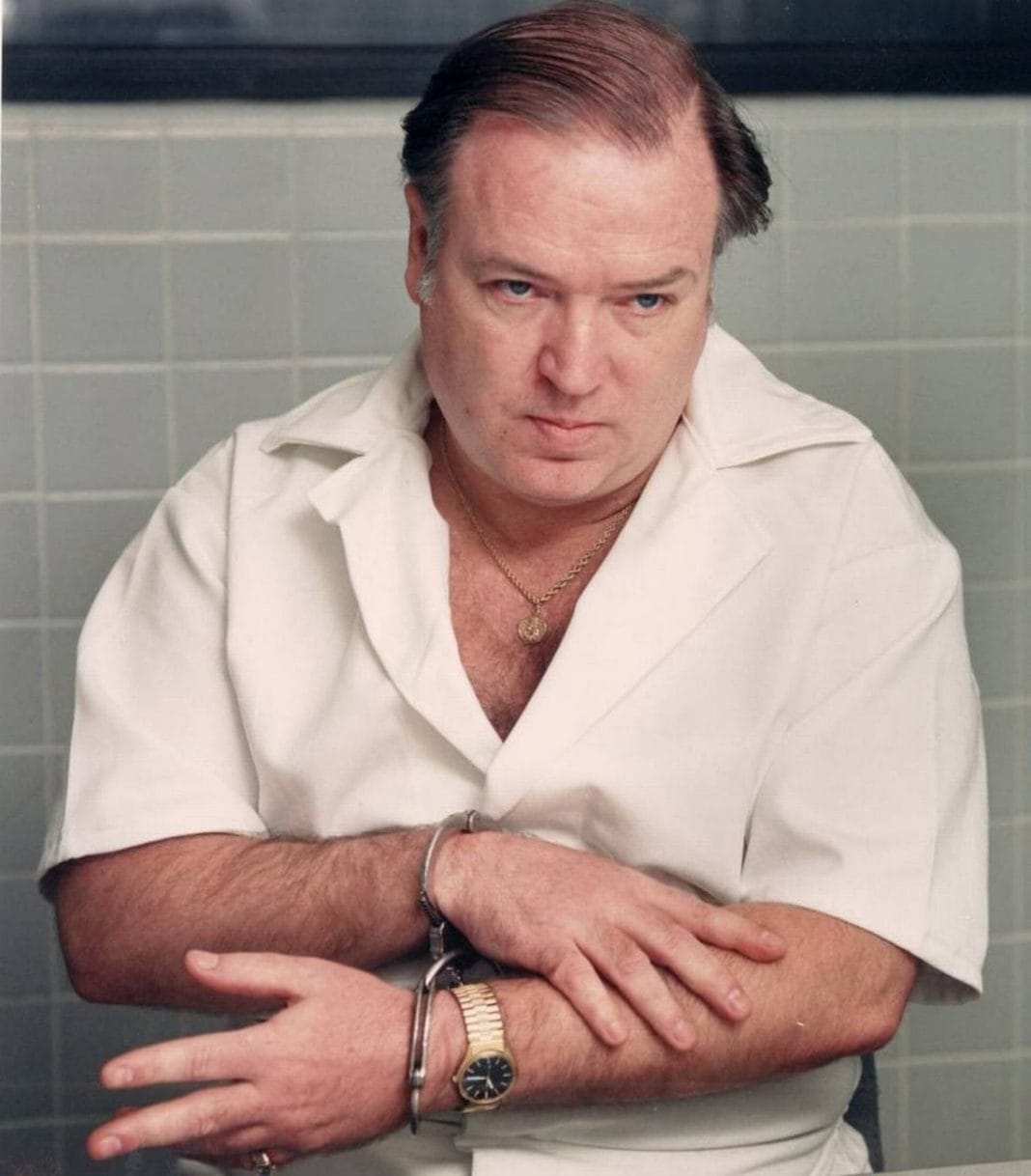The criminal underground in the United States is rife with organizations that have penetrated the bellows and risen to prominence in both the media and culture; the Dixie Mafia is a lesser-known entity living in the shadows of the titans in contemporary gangland.
We all know the usual suspects and wise guys, dramatized in legendary films like Francis Ford Coppola’s Godfather trilogy, and Martin Scorsese’s array of mob epics, such as The Goodfellas, Casino, and The Departed. La Cosa Nostra, the Irish Mafia, the Five Families… syndicates and rackets that have produced infamous “crime celebrities”, like Al Capone, Carlo Gambino, and John Gotti.
Truth be told, the allure of organized crime is a longtime fascination of the US public. The true-crime podcast genre is a saturated market, and streaming services have no shortage of content. That is all fine and dandy, but the fringes call. They want you to put down your calzones and cannoli and indulge in some collard greens and cornbread, fresh from the Dixie Mafia’s bloodstained oven.
Shattered Dreams of the Dixie Mafia land
In the early days of the Dixie Mafia, order and structure were void.
The American South, cradle of civilization for the group, has traditionally been a region scourged by disorder following its colonialization and settlement in the 17thcentury. As Adam and Eve ate from the tree of life, so did the white man with the forbidden fruit of human enslavement.
The corruption that spread from America’s original sin of racism reached New World via the transatlantic slave trade. Across the coastline, the cruel hands of slave traders and masters disbursed throughout fields and plantations across the Southern states enthralled Africans. Decades upon decades of gross violations of human rights and dignity followed, deeply rooting the virus of racism into the parts of the US that became its primary host.
Racism was visible in virtually every corner of the US from its founding onwards, but not all states supported slavery to the degree of the ones in the South. The rebellion came knocking on the White House’s door in 1861, with a declared confederacy of states who desired to succeed from the union; all because of slavery.
The American Civil War
War was no new concept to Americans, but one of an internal nature was a first (and hopefully last). As spoken by then, President Abraham Lincoln, “a house divided cannot stand”.
For Lincoln, that meant the dissolving of slavery across the Union. However, the southern states refused to submit. The Civil War was the result, raging on domestically between 1861 and 1865. Lincoln and his Union army were the ultimate victors: they dissolved the confederate dream, and they abolished the institution of slavery.
Dixieland is the rebellious land of the old confederacy. The states below the Mason-Dixie Line are bound not by formalities. Instead, by the culture and history that once deeply bonded them. Lands that to this day experience the ramifications of their past sins, and where racial divides and economic disparities have played the long game.
Juxtaposed to the two coasts and their hotbeds of innovation and industry, the most rural parts of the South remain frozen in time. No Silicon Valley, no New York minute. Sprawls of small towns and disenfranchised people litter the interstate highways that traverse the empty lands of Dixie. Ample grounds for a rag-tag group of criminals with a little of the ol’ rebel spirit in them.

The Cornbread Cosa Nostra
The Dixie Mafia started in the 1960s as a collective of sorts, albeit far removed from Andy’s Warhol’s Factory and the smooth coolness of Motown Records. A collective sans artists, unless you view criminals as such, ever so gracefully pointing your eyes through a sublime window into the transcendent.
In essence, early Dixie Mafia criminals were artists in their own way. Less Monet, more Jackson Pollock in the way they operated. A travelling circus of like-minded thieves traversing Appalachia in search of the next big score.
Humans bonding over shared interests synthesizes community. The underworld is no stranger to that universal symptom of our developed communal nature, as is seen with urban street gangs like the Bloods and Crips. For the Dixie Mafia in the 1960s, travelling companionship morphed into a growing network of Southern criminals.
Unlike the Sicilian Mafia (La Cosa Nostra) and its gang cohort, Dixie Mafia members were not bound to a godfather or hierarchy of leadership. Shared ethnicity was likewise not a requirement, although the vast majority were white southerners.
Crimes committed ranged from the mundane to the grotesque, akin to other professional mafia organizations. What separated the Dixie strain was the lack of organisational sophistication. In fact, the most successful criminals were the de facto leaders. “Honor amongst thieves” was a present idea, yet a bit of a paradox. The only real by-law was “Thou shall not snitch to the cops.” However, apart from that, it was not uncommon for Dixie mafioso to murder other members. The slag of absolute freedom.
Byzantium by the sea
Biloxi, Mississippi, sits along the Gulf Coast. Some call it “Byzantium by the sea”, a reference to its historical bustling gambling industry, both legal and illicit. (source)
Gambling has a gravity that pulls in criminal organizations. For the Italian mafia, you have Atlantic City and Las Vegas. For the Dixie Mafia, you have Biloxi.
As the group is not formal, neither is their home turf. In the decades following the 1960s, the Dixie Mafia had a presence across the Southern states and beyond. However, there is a convincing argument that Biloxi is the pseudo-capital of the Dixie Mafia empire. There you had “The Strip”–a beach road running along acres of hotels, casinos, and strip clubs, areas of refuge for gangsters and career criminals.
Apart from Biloxi, the Dixie Mafia’s network grew throughout the South and eventually reached the prison systems. Most of the activity during their peak–between the 1960s and the 1990s–took place in small towns. Locales with a limited law enforcement presence.

Dixie Mafia: Key Players
The lack of structure within the Dixie Mafia means there is no real central command or leadership. However, there are a pair of members who are arguably the most high-profile “leaders” to receive national media attention: Mike Gillich, Kirksey Nix, and Billy “Sunday” Birt.
Mike Gillich lived in Biloxi. A man of Croatian descent, who owned local strip clubs, bars, and gambling spots, and who crossed paths with the many undesirables to pass through the town. In a group where reputation is mum, Gillich was one of the few Dixie mafioso who was almost universally trusted among the rest. His businesses were safe havens for the southern underworld,
Kirksey Nix hailed from Oklahoma state, where his life of crime started young. As a teenager in 1962, Nix, the son of a judge, was arrested for belligerent actions while intoxicated. (source) He moved around the south as he aged, with the fast-paced life of crime following him to each place of settlement. He eventually formed his own quasi-crew, who were an element of the Dixie Mafia.
Home invasions, robbing gypsies, and hatchet murders were the fruit of the Nix crew’s labour, and as time went on their thirst for money resulted in an “all or nothing” string of crimes across the South.
Dixie Mafia: Modus operandi
Documenting the Dixie Mafia’s past is rather difficult, given their unconventional way of conducting “organized crime”. Certain trends remained consistent throughout the group’s most tumultuous days.
The basic gestalt of their crime repertoire goes a little something like this:
- Robbery (home invasion, bank robbery, auto theft, etc.)
- Homicide
- Illicit drugs (trade, traffic, manufacturing)
- Gambling (legal through allies like Gillich or illicit)
- Murder (lots of hired hits)
- Extortion
- Money Laundering
- Fugitive protection/safe-houses
- Debt collection
As mentioned, a few times, the motivation was money. Money was the sole driving factor behind the crimes Dixie Mafia members committed.
There are some reports of a loose relationship between Dixie Mafia members and the Italian Mafia – particularly in New Orleans. The Italian Mafia would allow Dixie members to operate within their territory with caution. Carlos Marcello was a well-known Italian mafioso who used Dixie Mafia members to augment his own operations, including murder for hire jobs and debt collection.

